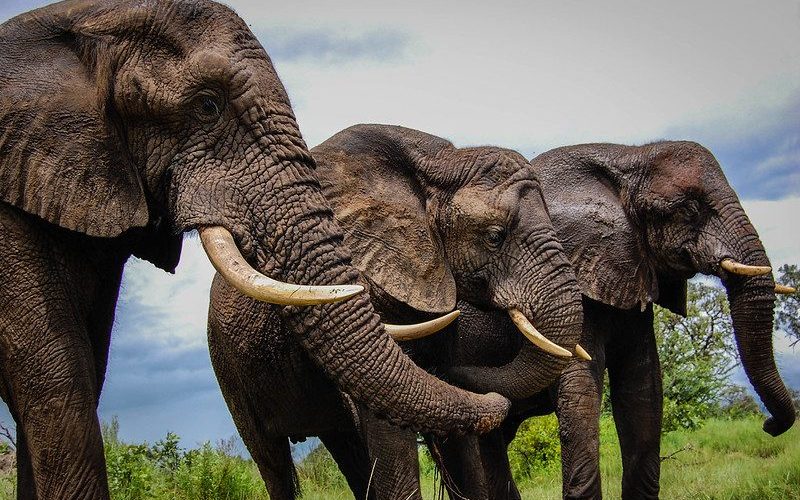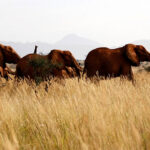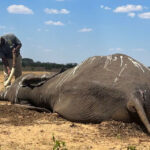BRIAN BENZA and ALEXANDER WINNING
BOTSWANA’S top wildlife vet has dismissed accusations from some conservationists that the government had not moved quickly enough to investigate the unexplained deaths of at least 275 elephants.
Authorities said they were still trying to find out what killed the elephants around two months after the first carcasses were spotted in the Okavango Panhandle region.
Widely-published pictures of the bodies triggered an international outcry, and some campaign groups raised questions about why tests results had not come through.
“A government investigating team has been on the ground since the first cases were reported,” Mmadi Reuben, principal veterinary officer in the Department of Wildlife and National Parks, told Reuters. “Botswana responded swiftly.”
He said local teams had carried out tests and ruled out anthrax as a cause. “We then sent samples to Zimbabwe and South Africa to test for other known pathogens or a novel pathogen,” he said.
The coronavirus crisis had delayed some samples leaving the country, he said.
Poaching has been ruled out, as the carcasses were found intact.
Botswana is home to around 130,000 elephants, a third of Africa’s total, making it a magnet for wildlife lovers.
“Elephants began dying in huge numbers in early May and the government would normally respond within days to an event of this scale,” Mark Hiley, co-founder of National Park Rescue, said.
“Yet here we are, months later, with no testing completed and with no more information than we had at the start.”
Chris Thouless, head of research at Save the Elephants, said mass elephant deaths on this scale were almost unprecedented, save during droughts. But he said it was wrong to assume the government had been dragging its feet.
“This is a pretty remote country, hearing about the carcasses, getting in there, taking a whole range of samples, knowing how and where to get them from, … that is a pretty difficult task.”
If a virus was to blame, he said the government had a limited range of options. “You’re not going to be able to get the elephants to do social-distancing, and you’re not going to be able to inoculate them.” –
FACTBOX-What could be causing Botswana’s mystery elephant deaths?
Botswana is home to a third of Africa’s elephants, and there are concerns that whatever is causing the deaths, first recorded in May, could affect animals in neighbouring countries.
Following are some theories as to what could be behind the unexplained deaths.
POACHING
The government and conservationists ruled out poaching at an early stage because the carcasses have been found intact, with their tusks on.
Africa’s overall elephant population is declining due to poaching, but Botswana has been an exception, with elephant numbers growing to 130,000 from 80,000 in the late 1990s.
POISON
Poachers sometimes use poisons like cyanide to kill elephants before removing their tusks for ivory. But scavenging animals do not appear to be dying near the carcasses, which would be a sign that poison was to blame.
ANTHRAX
Anthrax, an infectious disease caused by spore-forming bacteria, sometimes affects wildlife in Botswana. But government veterinary experts say samples taken from the dead animals in the Okavango Panhandle did not contain traces of anthrax.
ALGAL BLOOMS
Another possible cause could be algal blooms, which can make water toxic to large animals.
As many as 70% of the dead elephants have been found clustered near watering holes. But other animals do not seem to be dying in large numbers.
DROUGHT
Drought is a common cause of death in arid parts of southern Africa, but it has rained in the Okavango Panhandle in recent months, and researchers who have visited the area say there is ample water.
A NOVEL PATHOGEN?
Conservationists have speculated another pathogen – a known or novel virus or bacteria – could be at fault.
Researchers have reported seeing live elephants that are physically weakened or wandering in circles, an indication of neurological impairment. Some were found face down, which could indicate a sudden death.
The government says it has sent samples from dead animals to laboratories in Zimbabwe, South Africa and Canada for further tests. – Thomson Reuters Foundation.














